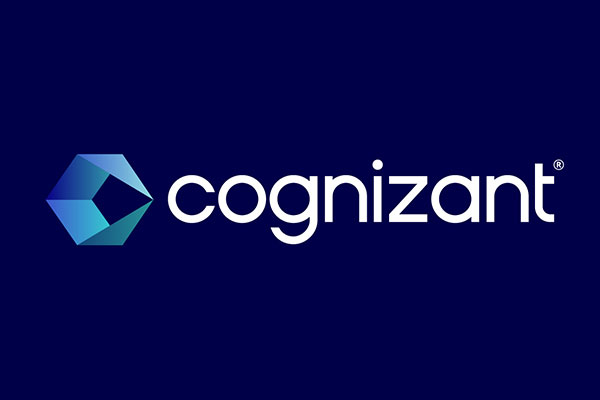Digital twin technology has been regarded as a potential solution for life sciences manufacturers looking to predict process conditions.
Building a digital twin requires a large historical dataset, high data quality and granularity, fast data access, a large GPU for model development and real-time predictions, and a supporting data structure to manage the development, deployment, and maintenance of ML models. With these requirements met, digital twins can be applied to areas like process optimization, equipment life cycle management, energy reduction, and safety improvements.
For life sciences manufacturers, digital twins have several benefits, such as replicating and tracking manufacturing processes to monitor attributes more efficiently for FDA regulations. They also improve data integrity by providing access to secured and audited data, allowing organizations to move from batch manufacturing to Process Analytical Technology (PAT) continuous manufacturing. Such a move can enhance productivity, reduce downtime, enable secured data transfer between CMOs and tier 1 manufacturers, and reduce infrastructure costs by moving data to the cloud.
Digital twin technology is especially useful in batch processes. By using 30-second interpolated data and a window of past data, the technology can predict future data points within a 5-minute interval. Offering more than just the ability to predict process conditions, digital twin technology also provides an unparalleled level of explanatory power by revealing the underlying dynamics that drive the process (to learn more visit our Manufacturing Solutions pages here).



















